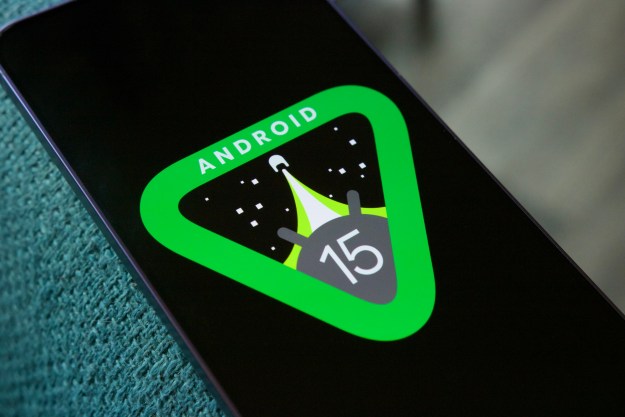A little over two years after its launch, Google Duo, Google’s FaceTime competitor, is getting an upgrade — it’s finally coming to Android and iOS tablets, meaning that you’re not limited to just your smartphone if you want to use the service. The update is rolling out to users starting today, so if you don’t yet have the new version of Google Duo with support for tablets, you may need to hold tight for a few days.
According to Google, the entire Duo app has been optimized for tablets. What that means is that there is support for both portrait and landscape modes, and Google says the service should be easy to set up on tablets, and easy to understand given the customized user interface.
Duo comes to Android and iOS tablets! With Duo v39, starting to roll out today, you can enjoy the same great Duo quality on a large screen. We’ve optimized the whole app for tablets – easy setup, custom UI, and support for both portrait and landscape.pic.twitter.com/ABCwVdqn7A
— Justin Uberti (@juberti) August 27, 2018
Google Duo, in general, has had a bit of a tough launch. The service was launched alongside Allo, the text messaging service, a few years ago — but since then Allo has been depreciated and Google will instead be focusing on developing the default Android Messages app, and integrating Chat, the next-gen messaging standard based on RCS. Since launch, Duo has gained a number of features — including integration with Google Assistant, screen sharing, and more.
It is nice to see Google continuing to update Duo, and it makes sense that Duo would live on past Allo. Around a year ago, Google announced that Duo had hit 100 million downloads — so it’s likely even more used now, a year later. Still, it’s unlikely that the app is anywhere near as popular as the likes of Apple’s FaceTime, which comes pre-installed on all Apple devices. Still, the clear advantage that Google has over Apple is that Duo works on both iOS and Android devices — so Duo users can talk with their friends who are using iPhones and iPads.
It will be interesting to see how Google continues to update and refine Duo, and if the app continues to grow in popularity.
Editors' Recommendations
- iOS 17.5 just launched with a huge security feature for your iPhone
- Google has no idea what it’s doing with the Pixel Tablet
- A new Google Pixel Tablet is coming, but it’s not what you think
- An Apple insider just revealed how iOS 18’s AI features will work
- The 6 biggest announcements we expect from Google I/O 2024

